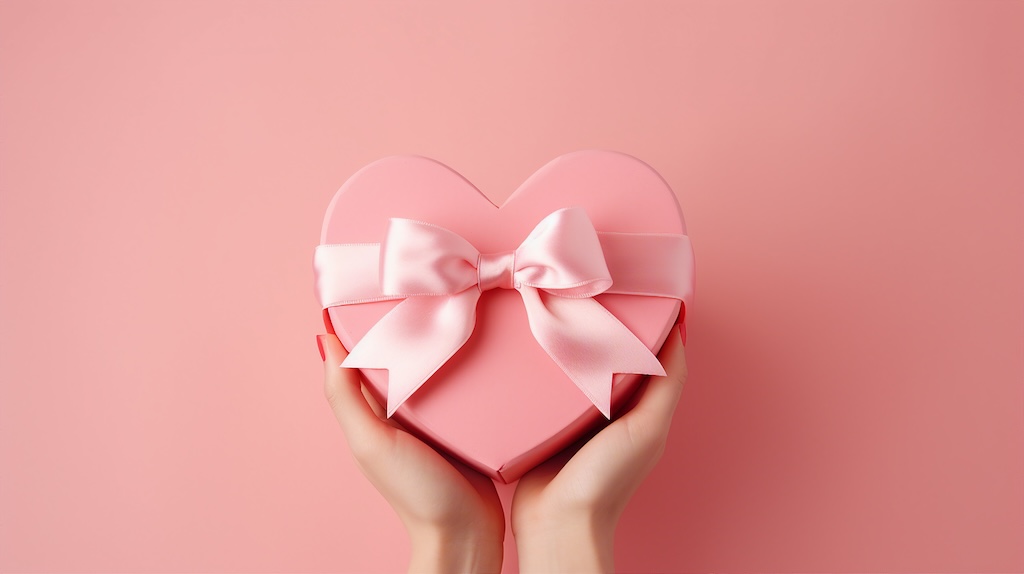All year round
The Czech Republic has a moderate continental climate. There are some differences between summer and winter but they are not so big. A year is divided into four seasons: spring, summer, autumn and winter. Each season lasts about three months and is attractive in some way.
Spring begins on March the 21st. It is the most beautiful season of the year. Many people fall in love in spring. Nature begins to awake (probouzet) from its long winter sleep and new life begins. Nights get shorter and days get longer. There is more sunshine and it becomes warmer and warmer. The snow melts and rivers swell. Soon in gardens and woods the first flowers appear – white snowdrops and snowflakes. Birds such as swallows, starlings and cuckoos come back from the south and we can hear their singing again. Animals have their babies. The weather in spring, especially in April is really unpredictable (nepředvídatelný) and changeable. The temperatures are often below zero at night although the days may be quite warm. Sometimes the sun shines and soon after it is overcast or it sleets and the rains are very often. One cannot go out without raincoat, a cap or even gloves. But when it clears up, the air is fresh and people go for a walk and enjoy good weather. In spring everything wakes up on a new life. In spring we celebrate Easter on the first weekend after the full moon in spring. There are many folk customs connected with this holiday (painting Easter eggs, carollers (koledníci) asking for eggs.
Summer begins on June the 21st. The children love this season because they have two months‘ holidays. The temperature rises to 25 °C or more and we may have many fine days in a row. The days are the longest and the nights the shortest. In the morning there is often dew (rosa), the sky is clear and bright, it is sunny and no wind blows. It is hot and dry and even the water is too warm to bring refreshment to swimmers. It isn’t very rainy so the nature is dry. In summer rain often comes in the form of a storm. The sky clouds over, it gets dark and cools down, a breeze changes into a strong wind and the storm is about a break. Then there is a crash of thunder and a flask of lighting and a heavy downpour. Summer is also time for strawberries, bilberries (borůvka), blackberries (ostružiny), raspberries (maliny) and cranberries. In the woods people can find mushrooms too. We can admire the beauties of our nature and we can see a lot of animals in the woods or colourful butterfly or some interesting birds in the sky. We wear only T-shirts and shorts because is very warm. In the end of the summer is a harvest (žně).
Autumn begins on 23rd of September. At the beginning of September the new school year begins, summer is over. In autumn the sun sets earlier and rises later and days get shorter. We can still enjoy a few days of Indian summer. In the gardens and fields it is the time of harvest, we pick up trees. Grass turns yellow and gets dry. In leafy trees the leaves become tinted coloured and make a lovely contrast with evergreen conifers. At this time many people go mushrooming and fishing. Very soon the trees are bare. Birds flock together and set out on the journey to the south. In autumn is weather unsettled, the sky is often cloudy, mornings are dull and looks like rain. The temperatures drop, it becomes chilly. The first frosts come and in the morning there may be hoarfrosts on the grass and a cold wind blows from the north. In this weather we can very easy get cold and catch a cold or flu.
Winter begins on the 21st of December, but in fact the winter begins earlier. Typical winter weather brings snowfall, icy wind and hard frosts. We can ski in the mountains and hills with snow. There are snowdrifts along the roads and snowploughs must be used to clear the snow. Children throw snowballs at each other, sledge and skate on lakes and streams (potok) that are frozen and build snowmen. The temperature sometime drops to as low as some 20 °C below zero, snow crunches (křupat) under foot, the hands get numb (ztuhlý) and stiff (tuhý) and fingers tingle (chvět se) with cold. The roads become icy and slippery (kluzký). Snow-capped (sněhem pokryté) hills and peaks (vrcholy) look beautiful but forest animals find it hard to survive in the snow-bound (zapadlý sněhem) countryside. Some animals spend the whole winter in a state resembling sleep (zimní spánek). The winter landscape is lovely, with every thing covered beneath a thick layer of snow (pod tlustou vrstvou sněhu). It often snows and I like looking at the snowflakes. Christmas is holidays of winter. Every country has own different tradition s but the bases are similar. Everything is decorated; among the people are peace, friendship and understanding. They buy presents to each other and at Christmas dinner they eat traditional food.





